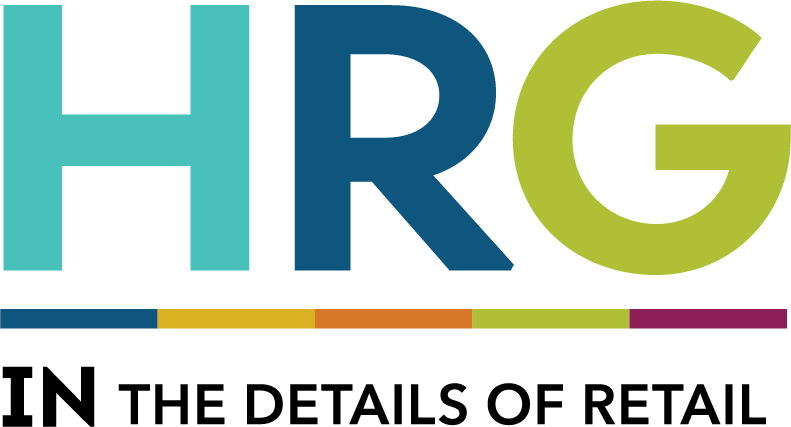by Dave Wendland, vice president strategic relations
As retailers across all industries settle into a post-COVID world, the idea of home delivery or curbside pickup has never been more important. In fact, according to an annual consumer survey by store lifecycle management company Tango conducted earlier this year, 94% of shoppers enjoy having the ability to buy online and have options for picking up purchases or having them delivered compared to 86% a year ago.
But it is important to note that speed of delivery, not cost, is becoming the most decisive factor for consumers. This is according to consumer research (https://xdelivery.ai/2022-shipping-report/ ) undertaken by Santa Clara University’s Retail Management Institute wherein two consumer research panel surveys reaching almost 2,500 U.S. adults were conducted in collaboration with X Delivery in June 2022.
Here are four trends that should be considered when rethinking your last-mile delivery.
Cost Reduction
Last mile delivery has become increasingly expensive; therefore, measures should be taken to automate where possible, plan routes most efficiently, reduce fuel costs with better mileage vehicles, and consider alternative delivery options such as delivery service partners.
Enhanced Transparency
Visibility into the delivery process matters for the customer and business alike. If someone can know the status of their pizza while being made, one would think they could learn where their prescription is.
Customer-selected Delivery Time Frames
Consumers are more interested in accurate delivery times than promises of quick delivery. Imagine if customers could indicate their preferred delivery time frame such as 5 p.m. to 7 p.m. and delivery could be scheduled based on their chosen time. This is an opportunity to offer enhanced customer service and provide a true delivery differentiator since everyone in the segment is not yet doing this.
customers could indicate their preferred delivery time frame such as 5 p.m. to 7 p.m. and delivery could be scheduled based on their chosen time. This is an opportunity to offer enhanced customer service and provide a true delivery differentiator since everyone in the segment is not yet doing this.
Enhanced Flexibility And Adaptability
Physical delivery has certainly shifted during the rise of e-commerce and the increased presence of Amazon Prime-type delivery. To achieve adaptability, businesses will need to provide a balance between logistical efficiency and customer service excellence. Taking full advantage of technology and tapping into delivery partners may be optimal paths to remaining flexible and delivering excellence.
When it comes to home delivery, the new era of retail has demanded that one size does not fit all. In the past, retailers could get by offering scant delivery choices, but today’s sophisticated customers come to the table with a variety of delivery expectations that can heavily influence their purchase decisions. Reimaging your strategy and aligning delivery options to meet new consumer demands has become imperative.
